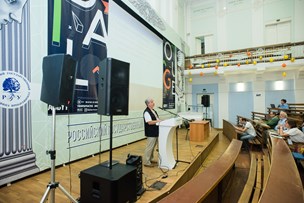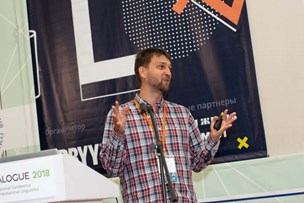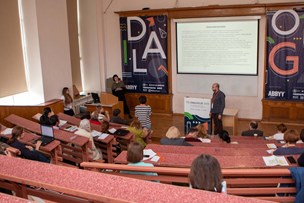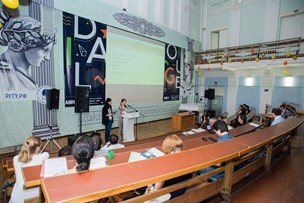Materials of DIALOGUE 2018
Central topics of “Dialogue 2018”
What can we see in deep learning "Black Boxes"
Multilayer neural networks are incredibly popular now, but they are kind of "black boxes". Only a few people understand what factors were actually responsible for the outcome of their operation. On the one hand, this situation causes some of the linguists to be pessimistic about future prospects of their science. Yet on the other hand many linguists start thinking about possible benefits that linguistic research can gain from deep learning and about possible reasonable interpretation of its results. It is therefore possible that such understanding may contribute to better performance of multilayer neural networks.
How to use the technology of big data analysis to tasks for which the data are scarce
It is no secret that for many text analytics tasks it is very difficult to find adequate training datasets. There are various approaches to this
issue, spanning automatic generation of training data to the technology of transferring deep learning results from data-rich tasks on to the tasks for which the available data is insufficient (so-called TransferLearning).
Proceedings 2018
“Computational Linguistics and Intellectual Technologies”
The Conference Proceedings contain papers from the international conference on Computational Linguistics and Intellectual Technologies “Dialogue”, representing a large range of theoretical and applied research in the area of natural language description, language process description, creation of applied computer-linguistic technologies.
Dialogue Evaluation 2018
A special direction of the "Dialogue", which is called Dialogue Evaluation, involves annual comparative testing of computer analysis systems, that solve certain practical problems. Testing results are discussed at the conference.
Invited speakers

Alexander Panchenko
Alexander Panchenko / Germany
University of Hamburg
Presentations
Videos
-
Alexander Panchenko
Graph’s not dead: from unsupervised induction of linguistic structures from text towards applications in deep learning
-
What can we see in deep learning black boxes?
-
BigData vs. SmallData: how to solve the issue of training data insufficiency









